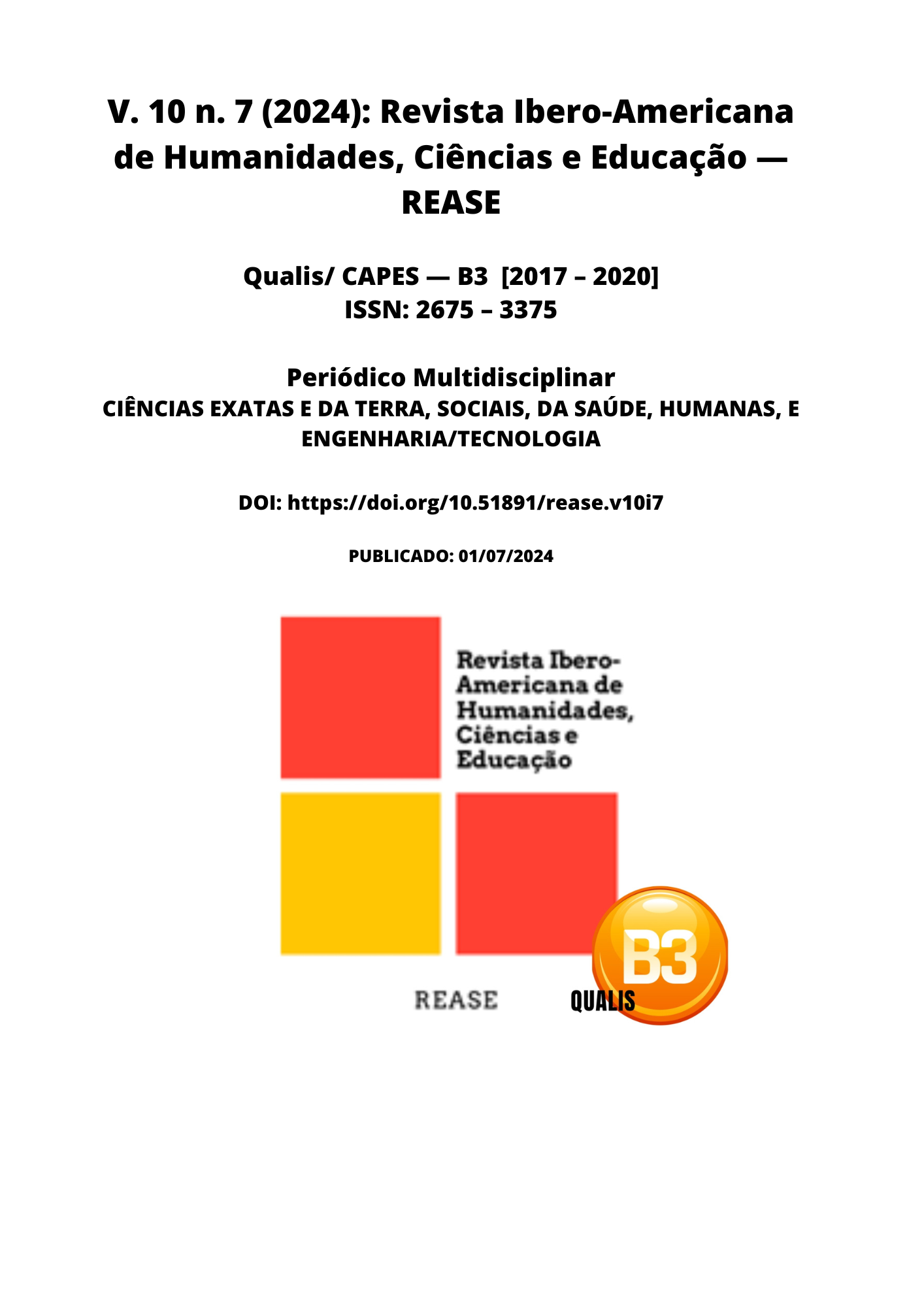KAWASAKI DISEASE IN PEDIATRIC PATIENTS: CLINICAL MANIFESTATIONS AND CARDIOLOGICAL CONSIDERATIONS FOR TREATMENT
DOI:
https://doi.org/10.51891/rease.v10i7.14781Keywords:
Kawasaki Disease. Pediatrics. Clinical manifestations. Cardiological considerations and treatment.Abstract
Kawasaki Disease (KD) is an acute systemic vasculitis that predominantly affects children under five years of age. The etiology of KD remains unknown, but infectious and genetic factors are believed to play a crucial role. Clinical manifestations include persistent fever, rash, bilateral conjunctivitis, changes in the lips and oral cavity, cervical lymphadenopathy, and changes in the extremities. The cardiological concern is significant as KD is the leading cause of acquired heart disease in children in developed countries. Cardiac complications include coronary artery aneurysms, myocarditis, pericarditis and heart failure. Early intervention with intravenous immunoglobulin (IVIG) and aspirin is essential to reduce the risk of cardiac complications. Objective: to compile and critically analyze the clinical manifestations of Kawasaki Disease in pediatric patients, focusing on cardiological considerations for treatment. Methodology: followed the PRISMA checklist. The PubMed, Scielo and Web of Science databases were used to search for articles published in the last 10 years. The descriptors used were: "Kawasaki Disease," "pediatric," "clinical manifestations," "cardiological considerations," and "treatment." The inclusion criteria were studies that addressed pediatric patients with KD, publications in English, Portuguese or Spanish and articles that discussed clinical manifestations and cardiological complications. Exclusion criteria included isolated case studies, non-systematic reviews and articles that did not focus on cardiological aspects. Results: showed that KD manifests clinically with classic symptoms, but atypical variations are common, complicating the diagnosis. The incidence of coronary artery aneurysms was highlighted as the most serious complication, with a significant impact on long-term morbidity. Studies included in the review emphasized the effectiveness of IVIG and aspirin in preventing cardiac complications, but also highlighted the need to identify biomarkers that can predict responses to treatment. Conclusion: Kawasaki Disease presents a variety of clinical manifestations that require early diagnosis and treatment to prevent serious cardiac complications. The review reinforced the importance of early intervention with IVIG and aspirin, in addition to the need for more research to better understand the mechanisms of the disease and optimize therapeutic management. Prevention and monitoring of cardiac complications should be priorities in the management of pediatric patients with KD.
Downloads
Downloads
Published
How to Cite
Issue
Section
Categories
License
Atribuição CC BY

